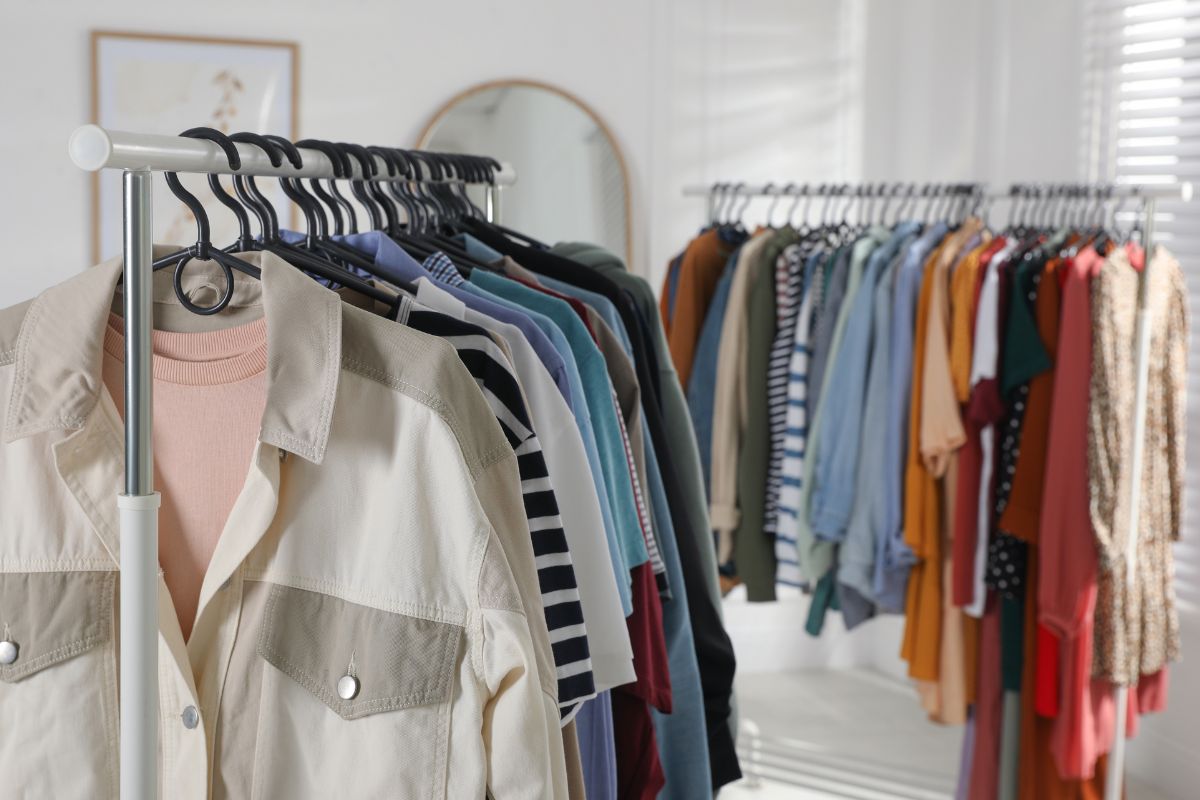

In the fast-paced world of fashion, trends come and go quicker than ever before. As we revel in the excitement of snagging the latest styles at unbelievably low prices, it’s essential to pause and consider the true cost of our choices. The fast fashion industry, with its rapid turnover of clothing and accessories, leaves a significant environmental and social footprint. Let’s delve into the concept of mindful consumerism and explore how breaking free from the fast fashion cycle can pave the way for a more sustainable and fulfilling wardrobe.
Table of Contents
Let’s start by unraveling the intricacies of the fast fashion cycle. It’s a system built on speed—rapid production, quick consumption, and even quicker disposal. Fashion trends change almost weekly, enticing us to constantly update our wardrobes. The allure of having the latest looks at affordable prices fuels this cycle. Unfortunately, this rapid turnover has severe consequences for the environment and the people involved in the production process.
Behind the seemingly harmless allure of fast fashion lies a host of environmental, social, and economic challenges. The environmental impact includes pollution from manufacturing processes, massive textile waste, and the depletion of valuable resources. Socially, the fast fashion industry often exploits workers in pursuit of lower production costs, leading to poor working conditions and inadequate wages. The economic implications extend beyond the price tag, encompassing hidden costs and the negative impact on local economies.
So, what is mindful consumerism, and how does it differ from our current approach to fashion? Mindful consumerism involves making conscious decisions about what we buy, considering the impact of our choices on the environment, society, and even our well-being. It’s a shift away from impulse buying and towards thoughtful, intentional purchases. By embracing mindful consumerism, we can contribute to a more sustainable and ethical fashion industry.
Practicing mindful consumerism begins with a close look at your current wardrobe. Assess what you have, identify your style preferences, and determine which items truly bring you joy. Next, seek out sustainable fashion brands and practices. Look for companies committed to ethical production, fair labor practices, and environmentally friendly materials. An example is Luxeire. Additionally, embrace the idea of quality over quantity. Invest in timeless pieces that withstand the test of time, both in style and durability.
Quality over quantity isn’t just a mantra; it’s a fundamental shift in mindset. Instead of accumulating a closet full of disposable items, consider investing in well-made, durable pieces that you genuinely love. While the initial cost might be higher, the long-term benefits, both economically and environmentally, are substantial. Properly caring for your clothes, from washing to storing, further extends their lifespan and minimizes the need for constant replacements.
There’s a big buzzword word when it comes to fashion these days. We’re talking about sustainable fabrics. It’s something that every brand is trying to promote, which makes you wonder whether you should be making the switch. Well. Know that many people can’t believe they didn’t make the change sooner. Yes, you can pay slightly more for your garments at the point of sale, but the benefits you enjoy make this worth it. Let’s take a look at the advantages of buying sustainable fabrics.
Many people don’t realize just how bad some clothing can be to make. So, if you’re someone who cares about the environment and wishes to make good choices, know that there is a solution. Changing to sustainable fabric is a good way to do better for the environment and lower your carbon footprint. Know that this clothing can be made from recycled materials or natural fibers. Consequently, it can be made in ways that don’t create so much greenhouse gas emissions. Moreover, it can help with water conservation.
The truth is that when you buy a cheap material, you get a cheap material. Fast fashion isn’t designed to last, which is frustrating for a consumer. Well, know that the opposite exists for sustainable clothing. These fabrics don’t just feel nicer to wear, but they’re also constructed to be durable. This high quality means that you can enjoy your garments for a long time without them showing their age.
You’ll find that brands that use sustainable fabrics focus on timeless designs that never go out of style. We’re talking about button-up shirts and turtlenecks. So, if you’re looking to reduce your wardrobe but still have the staples you need, choosing these types of fabrics can allow you to do this. If you’re against fast fashion and what it creates, this is a good way to protest and not buy it. Then, you also get to enjoy designs you know will never be outdated.
In conclusion, the journey toward mindful consumerism is a path worth taking. By understanding the fast fashion cycle, acknowledging its true cost, and embracing a paradigm shift towards sustainability, we can all play a role in creating a more responsible fashion industry. Building a sustainable wardrobe isn’t just about clothing; it’s about choices that reflect our values and contribute to a better world. So, let’s break free from the fast fashion cycle and step into a future where fashion is not just fleeting but enduring and meaningful.
Sign up to receive our email, delivering the latest stories straight to your inbox.
